Kathryn F. Staley







 ears can make money only if the bulls push up stocks to where they are overpriced and unsound.
ears can make money only if the bulls push up stocks to where they are overpriced and unsound.
Bulls always have been more popular than bears in this country because optimism is so strong a part of our heritage. Still, overoptimism is capable of doing more damage than pessimism since caution tends to be thrown aside.
To enjoy the advantages of a free market, one must have both buyers and sellers, both bulls and bears. A market without bears would be like a nation without a free press. There would be no one to criticize and restrain the false optimism that always leads to disaster.
BERNARD BARUCH
 n the 1980s, short selling was a discipline practiced by a cadre of smart investors who made returns in excess of the market in good years and bad. The analytical methods of those investors were characterized by prodigious analysis attentive to the quality of earnings, quality of assets, and quality of management. They believed that the market, inefficient in the short run, would eventually recognize a bad business run by incompetent managers and that inflated stock prices would settle to levels consistent with the earnings power of the bad businesses they had uncovered.
n the 1980s, short selling was a discipline practiced by a cadre of smart investors who made returns in excess of the market in good years and bad. The analytical methods of those investors were characterized by prodigious analysis attentive to the quality of earnings, quality of assets, and quality of management. They believed that the market, inefficient in the short run, would eventually recognize a bad business run by incompetent managers and that inflated stock prices would settle to levels consistent with the earnings power of the bad businesses they had uncovered.
The years 1991 to 1993 decimated the population of short sellers and the net worth of anyone that persisted in believing that the truth of financial statements would win out. Those years saw the ascendancy of mutual funds, of momentum investing, and of the short squeeze as an accepted investment philosophy. What happened was that companies with questionable financial statements had a heyday of stock-price appreciation. What also happened was that short sellers got killed.
In 1994, the problem companies, one by one, began to give up the ghost, and short selling worked again for a year. Snapple, Cott, Scoreboard, Bell Sports-reading their financials mattered, and the flaws within the company structure again affected the price.
By 1996, the concept of shorting for profit was thought by the smart circles of Wall Street to be extinct or the province of fools. Nobody would admit publicly that they did it.
Then came the setback of the summer, and short sellers once again got respect-and made money.
In recent months, the massacre of the most visible short targets (Iomega, Diana Corp., Presstek) suggests that perhaps we can get back to reading financial statements and doing analytical work and forget about on-line stock touts, short squeezes, and thundering mutual fund purchases.
Those bull-market years taught all of us who continued to practice the arcane art of short selling to beware of manias, and they taught us fear. But, even in the worst of times, the curiosity and pleasure of detecting the truth kept some of us idly punching our calculators, watching inventories and cash flow, reading an occasional prospectus.
"What's the point?" we were asked, particularly by the money managers who had sworn off shorting. The point is that the toughest call for investors-even in a bull market-is when to sell. The best managers either sell stocks soon with a small loss, realizing a mistake, or sell stocks later, noting a change in prospect after gains, when prices begin to drop. Short-selling skills teach us the discipline of anxiety, of when to be scared. The analytical wisdom shows us when the numbers start to turn bad in a sacred-cow holding or which stocks not to buy at all. The simplest techniques work year in and year out. Rising inventories predicted the decline of U.S. Surgical and Royal Appliance and Scoreboard and Snapple and Bell Sports, even in our dumb years. Selling shareholders alerted us to Autotote and Michaels Stores.
I have used classic examples to illustrate the analytical methodology of short sellers, examples of how to find the rotten apples before they drop. Accompanying these examples are tables showing short interest, balance sheets, income statements, and so on. There are also figures showing short interest and graphs of stock prices. Chapter 3 starts with the simplest short sale: the bubble companies complete with new issue prospectus and products that might not exist at all. Chapter 4 talks about fads and franchises and shows how to uncover nonrecurring revenues, how to track insider transactions, and how to evaluate business plans. Chapter 5 follows several full-blown growth companies and suggests ways to determine when they stop growing. Chapter 6 attempts to detail more complicated accounting tricks that companies use to obscure the truth about the health of their business. Chapter 7 is about tracking cash flow and financing needs in companies that suck money from the financial markets without paying stockholders in earnings. Chapter 8 tells the stories of companies that resort to selling out when access to money fails (via earnings or financing streams). Chapter 9 is about leveraged companies and cyclical business downturns.
As the company complexity increases, so do the analytical skills: A no-product company is easier to analyze than a one-product company, one store easier than a franchise system. Each case should show you the detecting exercise for at least one of the quality problems. Chapter 10 brings them all together-quality of earnings, quality of assets, and quality of management-in a classic short story.

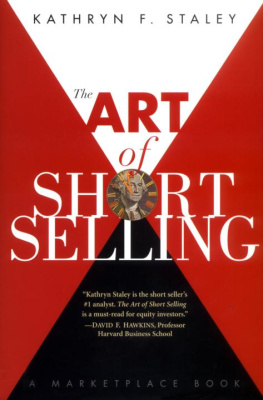

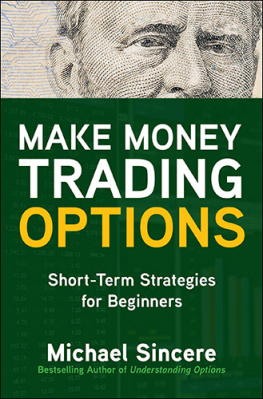



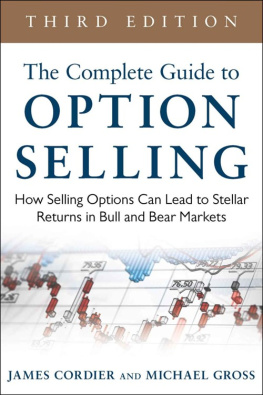
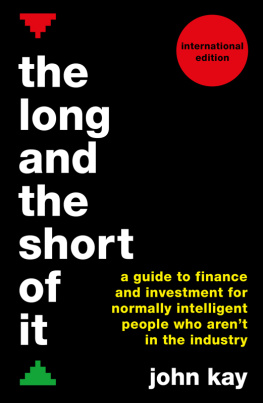
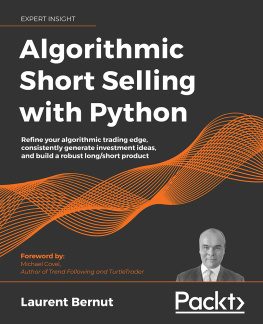
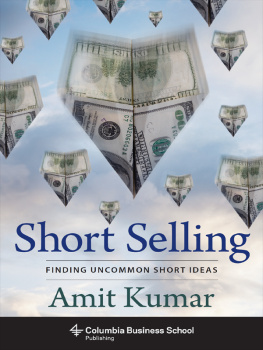

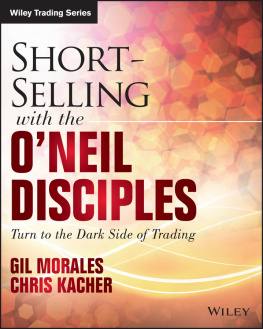
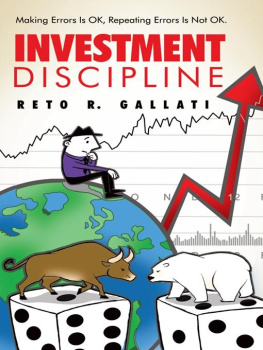





 ears can make money only if the bulls push up stocks to where they are overpriced and unsound.
ears can make money only if the bulls push up stocks to where they are overpriced and unsound.
 n the 1980s, short selling was a discipline practiced by a cadre of smart investors who made returns in excess of the market in good years and bad. The analytical methods of those investors were characterized by prodigious analysis attentive to the quality of earnings, quality of assets, and quality of management. They believed that the market, inefficient in the short run, would eventually recognize a bad business run by incompetent managers and that inflated stock prices would settle to levels consistent with the earnings power of the bad businesses they had uncovered.
n the 1980s, short selling was a discipline practiced by a cadre of smart investors who made returns in excess of the market in good years and bad. The analytical methods of those investors were characterized by prodigious analysis attentive to the quality of earnings, quality of assets, and quality of management. They believed that the market, inefficient in the short run, would eventually recognize a bad business run by incompetent managers and that inflated stock prices would settle to levels consistent with the earnings power of the bad businesses they had uncovered.